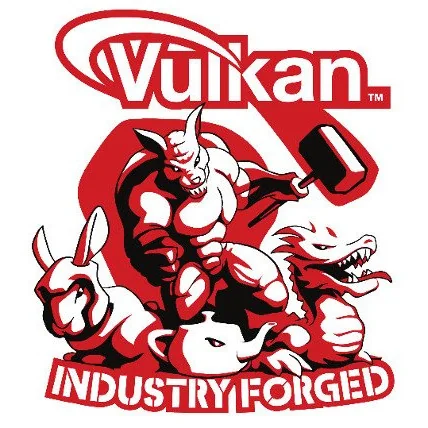Why VALLIUM Is Just For Software-Based Vulkan & Not GPU Hardware Drivers

The short answer is: no. VALLIUM is designed exclusively to be used as a CPU/software-based Vulkan implementation akin to the earlier Vulkan-CPU/Kazan effort or as LLVMpipe is to OpenGL. This VALLIUM code will not help you if you are on an outdated GPU lacking a Vulkan driver.
VALLIUM lead developer David Airlie of Red Hat has put out a "frequently asked questions" page detailing at length why this won't help those with Gallium3D hardware drivers and why it's designed just for software/CPU usage. VALLIUM relies on a CPU-side command buffer and separate thread of execution that wouldn't work efficiently for GPU usage due to the massive CPU-based overhead involved, pipeline barriers are less of a concern for software rasterizers, and memory allocation differences, among other factors with Gallium and Vulkan being two entirely different APIs with different design objectives.
The VALLIUM FAQ can be found here for those interested in the explanation at length on why VALLIUM is effective for CPU/LLVMpipe execution but not hardware drivers.
3 Comments

